Before proceeding further, I hope you have read this. If you have, then let’s get down to today’s topic.
Let’s talk about the other classifications of computers outside of the “Desktop PC category.”
Mainframe Computer

Built as storage units for large-scale computing and networking, mainframes are not labeled as personal computers because they are mostly owned by large corporations that need their great quantities of data to be stored and organized safely. Mostly, mainframes are kept in climate-controlled rooms where they are allowed to run 24/7.
Their most notable difference among other computers which are commonly equipped with just one hard drive is that mainframes are equipped with plenty of it. That is why a typical mainframe usually has the size of a standard bookshelf.
Supercomputer

It is prefixed with the word “super” because literally, it is superior to any computer type in terms of processing power. If the mainframe is special in the sense that it has many hard drives, the supercomputer has the specialty of having many CPUs.
Scientists usually use supercomputers for intensive number-crunching tasks that are too impossible for human beings to calculate and too strenuous for ordinary computers to handle. For instance, astronomers employ supercomputers for processing numerical and statistical data that can help them have a better understanding of the surrounding galaxies and the vast distances between heavenly bodies.
To handle the intense heat generated by extensive supercomputing processes, most supercomputers are cooled by liquid coolants such as liquid nitrogen to prevent them from burning out.
Game Console
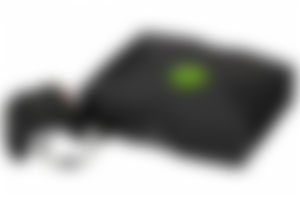
Most people would think of computers like those that can only be used for calculation and information safekeeping. On the contrary, some computers are never used for such crucial tasks. Take the game consoles, which are also declared by digital engineers as computers.

They still process information and store and retrieve data, but only the type of data that allows the manipulation of animated figures that comprise a video game. Formerly named as “family computer” during its early days, the game console is now one of the best-selling computer types these days.

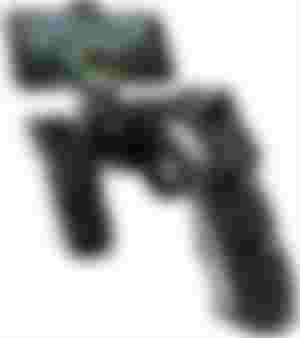
Some game consoles are equipped gun-like joysticks and car-like controller ones. The appearance that they can get designed for is just limitless.

Booth Computer
Mostly built purposely for business and the corporate world, it is a type of computer that could act as human tellers and front desk personnel. Its most common forms are the ATMs in banks and the digital kiosks that give basic information in large buildings.
They are not designed to be used for long periods by a single user since they are only meant for short transactions and quick information retrieval. To operate and interact with them, they are provided with specially designed keypads that are far too different from the standard keyboards. Some of them also come equipped with touch-screen output panels for easy menu navigation.

Booth computers such as the ones above are used only for a few minutes at a time. Strangely though, they are built to be more durable than standard personal computers.
PORTABLE COMPUTERS
Laptop
It is named as such because it is designed to sit on a person’s lap upon usage. Upon their initial conception, laptops were often called “luggable PCs”, as they closely resemble a typical luggage. The earliest models were still bulky enough that they are only slightly lighter than the total weight of today’s standard desktops. Unknown to most people, a laptop is more appropriately called a “Notebook PC.”

People who use computers at home seldom buy desktop PCs anymore because of the affordability of many of the laptop models today. They flock the market, many of which are just as thin as a real notebook. In the next few years, they could be even thinner, but many times more powerful, and would consume very low electrical power.


The Netbook is said to be the next evolution of the laptop. Slightly smaller in physical size, it is typically equal in power to its bigger counterpart. The major notable difference is that it has no CD drive.
Handheld PC
The most recent kinds of handheld PCs are the cellphone and the tablet. Most people may not agree, but these devices are computers as well in a technical sense. They can do all of the tasks that a computer can, so refusing to label them as such is a mistake.
People, in general, do not use them for “computing purposes” as handheld PCs are mainly used today for communication, photography, and gaming. Still, they have to be called computers.
Because of the breakthroughs in miniaturization, and due to the cheapness of some mass-production methods, handhelds are now the most popular computer type, surpassing even the popularity of the desktop PC during its time, which has been the on the top spot for nearly four decades.

The earliest handheld PC is the PDA (Personal Digital Assistant). It is named as such because it is designed to act as a digital notepad for scribbling important events and tasks. Looking like a miniaturized laptop, the earliest models never got the acceptance that their modern counterparts attained. For that reason, they quickly went obsolete.
Resembling in size and shape to the ancient tablets of stone or clay during ancient times, handhelds are now the most popular computers.

You’ve just learned about computer classifications, for the next article, we will be discussing hardware classifications.
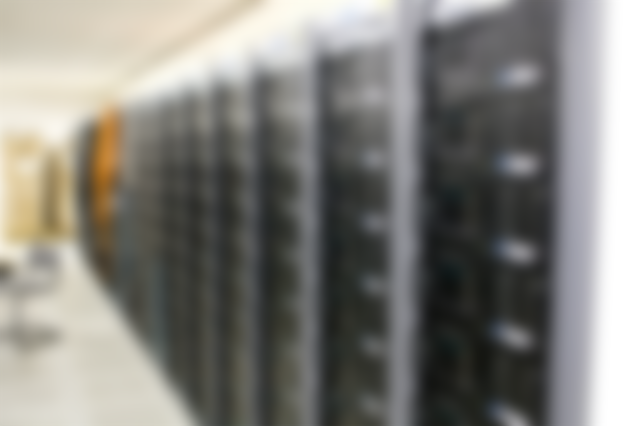
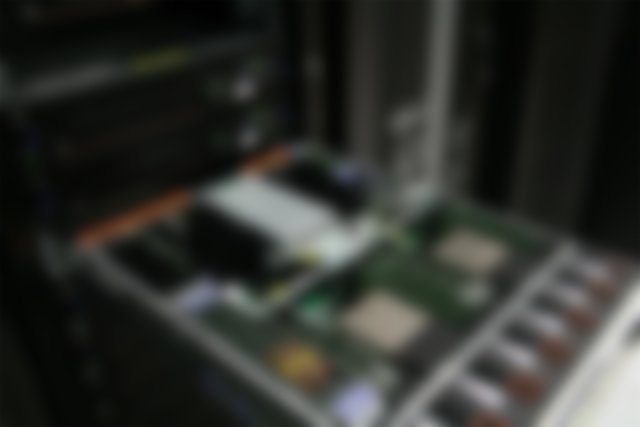
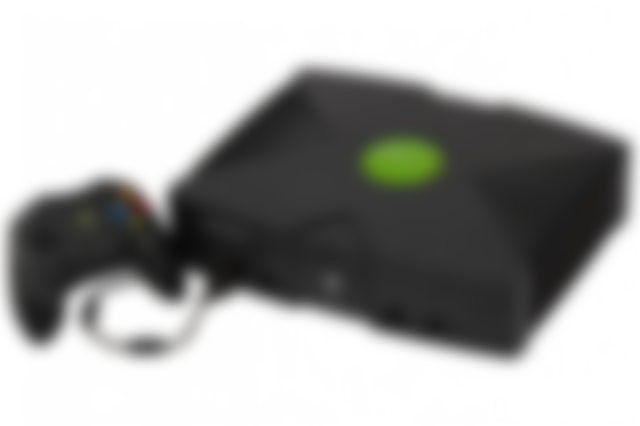


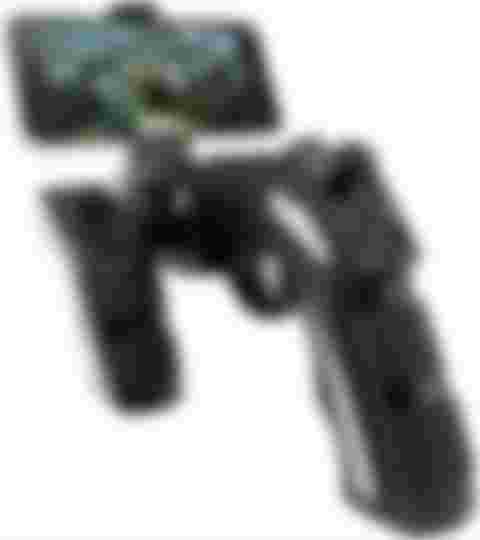


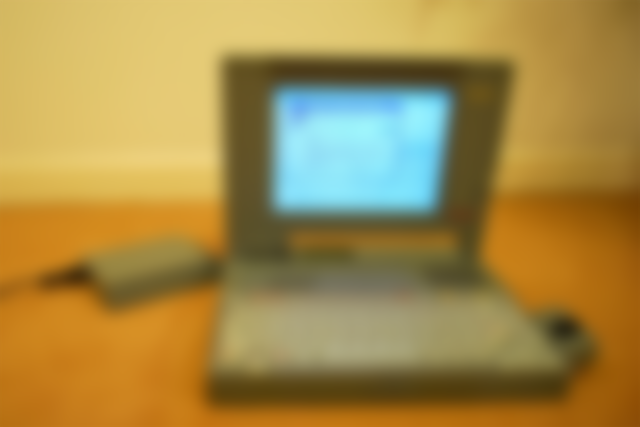


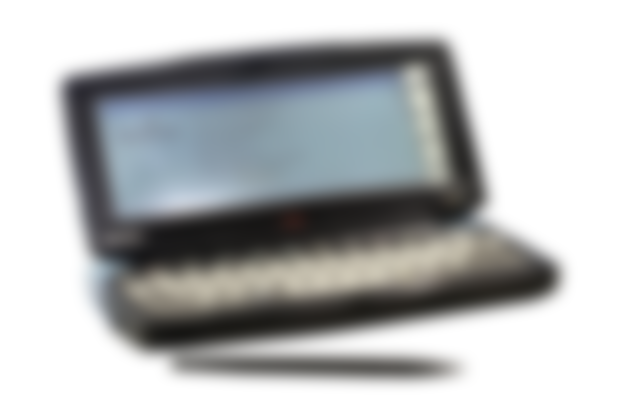
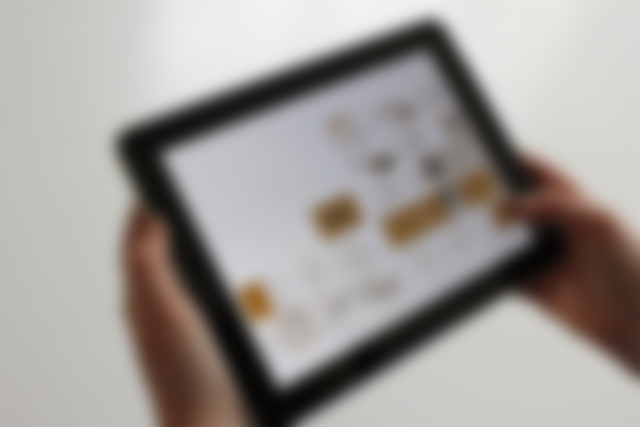
I think Raspberry Pi, Orange Pi, Arduino can be added to the list. These are computers used in automation systems. However, because it is not widely used, perhaps it was left off the list. 😊